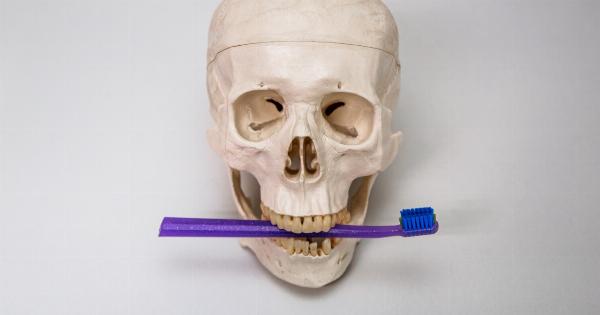Height is one of the most noticeable physical traits of human beings. It is a defining characteristic that helps us to distinguish one person from another. However, height is not a static attribute.
It changes over time, and this article will explore the ways in which our height can change.
Childhood
Height is a trait that is largely determined by genetics. However, it is also influenced by factors such as nutrition, exercise, and overall health. During childhood, our height is largely determined by genetic factors.
In the early years, the rate of growth tends to be very rapid. Infants can grow up to an inch per month during their first year of life. By the time a child reaches the age of two, they will have typically grown to around half of their adult height.
During childhood, nutrition is an important factor in determining how tall a child will grow. Malnutrition can stunt growth, while a balanced diet including plenty of protein, calcium, and vitamin D can help to promote growth.
Exercise and physical activity can also help to stimulate growth, as they help to build strong bones and muscles.
Adolescence
During adolescence, a significant growth spurt occurs. This is due to a surge in hormones, particularly human growth hormone (HGH) which is produced by the pituitary gland.
Boys tend to experience the most growth during this time, with an average gain of around 4 inches per year. Girls tend to grow at a slightly slower rate, with an average gain of around 2-3 inches per year. The growth spurt is usually complete by the age of 18 for girls and 21 for boys.
As with childhood, nutrition and exercise are important factors in promoting growth during adolescence. Adequate intake of protein, calcium, and vitamin D is essential for building strong bones and promoting overall growth.
Exercise can also help to stimulate the production of HGH, which can help to promote growth.
Adulthood
Once growth is complete, our height is largely determined for the rest of our lives. However, there are some factors that can cause a person’s height to change during adulthood. One of these factors is posture.
Poor posture can cause a person to appear shorter than they actually are. This is because the spine compresses over time, resulting in a loss of height.
Another factor that can affect our height as we age is the loss of bone density. As we get older, our bones can become thinner and weaker. This is known as osteoporosis, and it can result in a loss of height.
In addition, arthritis can also cause a person to appear shorter by damaging the joints between the vertebrae in the spine.
Conclusion
Height is a dynamic trait that changes over time. During childhood, nutrition and exercise are important factors in promoting growth, while adolescent growth is largely determined by hormones.
As we age, poor posture and conditions such as osteoporosis can cause a loss of height. Understanding how our height changes over time can help us to take steps to promote healthy growth and maintain our height as we age.






























